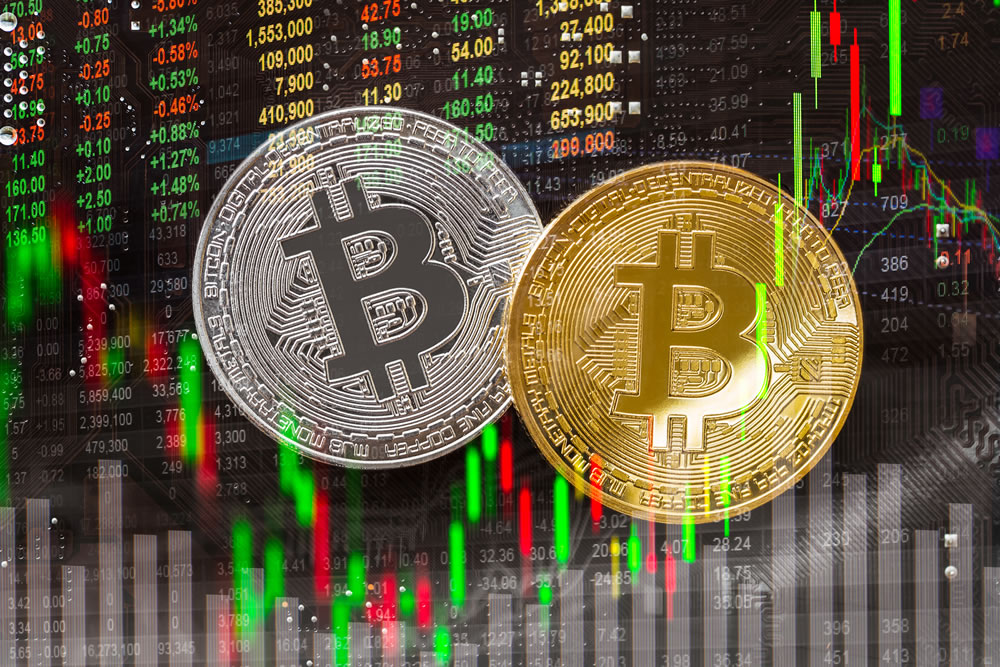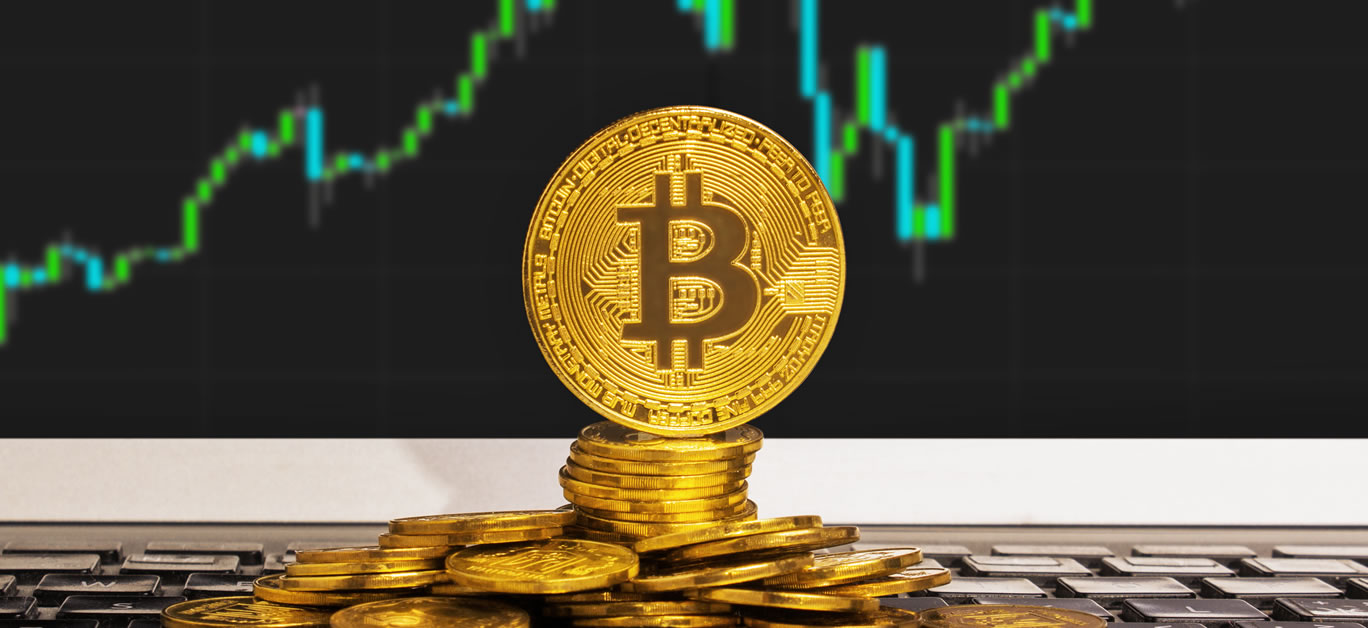If you have been reading Luxury Lifestyle Magazine closely enough, you will know that we have been extremely bullish about the prospects of cryptocurrency in 2020 – and our prediction has not wavered in response to the coronavirus pandemic.
In fact, in many ways, the current global health crisis – which in turn has led to a tremendous amount of economic uncertainty – has only strengthened the allure of the digital currency.
For a long while, many investors have railed against cryptocurrency, citing its volatility as a reason to invest in traditional commodities instead. If the past few weeks have proven anything, it’s that traditional commodities – like oil, which dropped to negative value last week – seem to be performing even worse.
There is a strong case that there has never been a more enticing time to diversify into cryptocurrency than right now. Click here to learn more.
It is clear that, in these tremendously uncertain times, markets are not operating very efficiently. While oil futures have rebounded to a positive value, it is just one of a number of commodities fluctuating wildly as the market comes to terms with the global lockdown’s impact on demand throughout the supply chain.

In some ways, cryptocurrencies are protected from this type of volatility. Although Bitcoin, for example, is classified as a commodity according to the Commodity Futures Trading Commission, its utility is not so concrete as oil, and is therefore less subject to simple economics of supply and demand.
In the same week that oil fell to an earth-shattering negative value (which, to be explicit, means that traders would have had to pay a prospective buyer to take it off their hands, crazy!), Bitcoin climbed to an April high of $7,535, with the cryptocurrency commentariat expecting further gains to follow.
This confidence is not plucked from thin air, either. Despite the inevitable recession that will surely follow this seismic global crisis, Bitcoin has a few tricks up its sleeve.
Firstly, it is a deflationary asset. Many economists predict that governments will have little choice but to engage in quantitative easing – the term used to describe an act of injecting more cash into an economy during times of hardship – which often leads to inflation. As a result, each person’s held currency decreases in value, as prices of goods and services increase to reflect the additional liquidity in the market.
This does to apply in the case of Bitcoin. Not only is there a limited amount of the digital currency available, but the amount introduced into the market reduces incrementally. This process is known as ‘halving’, as the blockchain halves the amount introduced into the system every four years. When does the next halving occur, I hear you ask?

In three weeks.
On both previous occurrences of Bitcoin halving, in 2012 and 2016, the value sky-rocketed to an all-time high, and that was amidst a backdrop of relative economic calm. For the value of Bitcoin to rise again – one of two things needs to happen:
As long as demand for Bitcoin remains level with pre-halving, the price will increase.
If demand for Bitcoin increases after the halving, prices will increase sharply.
In a world where even oil prices can move into negative territory, it seems unlikely that the demand for Bitcoin, which is one of few markets to have risen in value in the past month, will decrease.
Industry experts are predicting astronomical rises in the value of Bitcoin in the coming months, with billionaire cryptocurrency investor Tim Draper stating he feels a coin’s value will rise to $250,000, and Goldman Sachs’ Raoul Pal predicting one coin will be worth $1,000,000 within three years.

In fact, the confidence around the market is so strong, that reports are emerging about American citizens using their state-funded stimulus packages of $1,200 to purchase cryptocurrencies.
This does not just seem to be a marketing ploy, either. Not only are posts appearing on the Bitcoin subreddit indicating as such, cryptocurrency trading platform CoinBase’s CEO Brian Armstrong also tweeted that the volume of transactions of exactly $1,200 had grown exponentially in the same week.
It seems that even the average citizen has begun to trade their reputable fiat currency for a seat at the crypto table. By our reckoning, 2020 could be its year.
Investing in cryptocurrencies carries risk, do so at your own risk and we advise people to never invest more money than they can afford to lose and to seek professional advice before doing so.






















